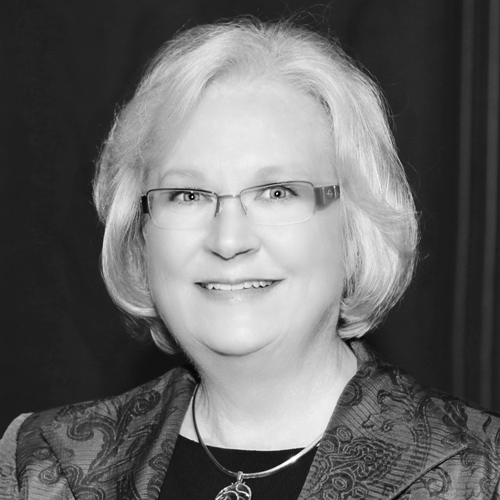Sometimes, revolutionizing a business and disrupting the status quo takes a single visionary to identify an opportunity hidden in plain sight. That’s exactly what happened when Deb Langer, vice president of personal, home and health care at The Lubrizol Corporation, noticed that the company had two product lines that existed in two separate business units, with something remarkable in common: their inherent ties to healthcare.
Lubrizol offered a line of personal care products that some customers were using in pharmaceutical grade applications, as well as a material that other customers were using for medical device applications in Lubrizol’s industrial business unit. Langer decided the company should merge these two lines into a single entity: Lubrizol LifeSciences. To make her vision for a new business a reality, Langer began her due diligence.

“I knew the idea would require some fairly intensive insight into the realities we’d be facing,” Langer says. “Creating LifeSciences was a conviction that grew over time as I got more information and learned more.”
Specifically, she looked at where the markets were going, where Lubrizol’s products were used, and the value of its products in those markets. As she delved further into this research, she became certain the company should pursue this effort.
“I thought this should be at the forefront of what we’re doing,” she says, “and we should be putting more into marketing efforts, getting our name out in these life science markets.”
This proposition was borne out of Langer’s deep experience with healthcare at Lubrizol and beyond. After graduating from Purdue University with a degree in chemical engineering, Langer took a job at the global pharmaceutical company Eli Lilly in Indianapolis. As a process design engineer, Langer worked on designing and scaling the processes for drugs such as Prozac, Vancomycin, and Humulin. However, with personal ties to Cleveland, she began to look for opportunities to further her career in Northeast Ohio. So Langer took a risk and quit her job.
Upon moving to Cleveland, Langer looked for another engineering job. With Lubrizol, she found the perfect match. Since joining the company, she has been awarded sixteen patents, authored or coauthored twelve papers on specialized low emission fuels and engine oil products, and won both the R&D 100 award and the NorTech Innovation award for novel commercialized products. However, her role in mergers and acquisitions at the company may be what prepared her most for her current role. After all, her original vision for Lubrizol LifeSciences stemmed from seeing an opportunity for growth.
“My idea was to have the company expand into a broader life sciences business by developing a long-term strategy that included acquisitions and additional partnerships,” Langer says. “That potential made me even more determined by suggesting that this is something we should be doing both now and in the future.”
Still, Langer had to convince leadership that this was a good idea. “Through perseverance, I was able to share my vision and tell the story of how Lubrizol could morph into a life sciences business,” Langer says. “Essentially, the research showed that we had already been in the business and been profitable without too much resourcing. I presented the current market trends and explained how we were well-positioned within this space. By allocating the proper resources and aligning our strategy, we could become a leader in this high-potential market. Realizing that we were already there, we just needed to visualize what we could do.”
Although she initially received pushback from some who thought the life sciences marketplace was too high risk, she eventually won support from company leadership, and in 2012, Lubrizol LifeSciences was formed.
Since then, Lubrizol LifeSciences has become a success story—adding millions of dollars in revenue and growing to become one of the most profitable business units within the company. To that end, it’s not only creating exciting products, but Langer’s M&A and pharmaceutical experience has also helped the business embark on even more exciting partnerships.
“We’ve been working with several pharmaceutical companies now and have developed some extremely unique products that can deliver a drug more effectively and efficiently to a human being with our technology,” she says.
One exciting product the business has developed is a device small enough to implant under a patient’s skin that releases a diabetes drug over the course of three, six, nine, or twelve months. The goal of the product is to eliminate the need for daily medications for some diabetic patients. And while the product was developed with a partner and is still in the final phases of clinical research, it’s a point of pride for Langer because it’s the synthesis of what she saw Lubrizol LifeSciences doing.
“It’s exciting for us because it represents what we envisioned, a drug delivered through a device that we were able to help develop together,” she says. “It shows that we know the market, and that we’re able to develop a product with unique value and significant patient benefits.”
Although Lubrizol LifeSciences might have been Langer’s brainchild, she credits her entire team with making the business a success and for pushing the entire industry forward.
“We have completely changed business models and the way we go to market, which is extremely innovative,” Langer explains. “We’re doing things within Lubrizol—even in some cases in the industry—that have never been done before.”
Photo: Craig Yingling

